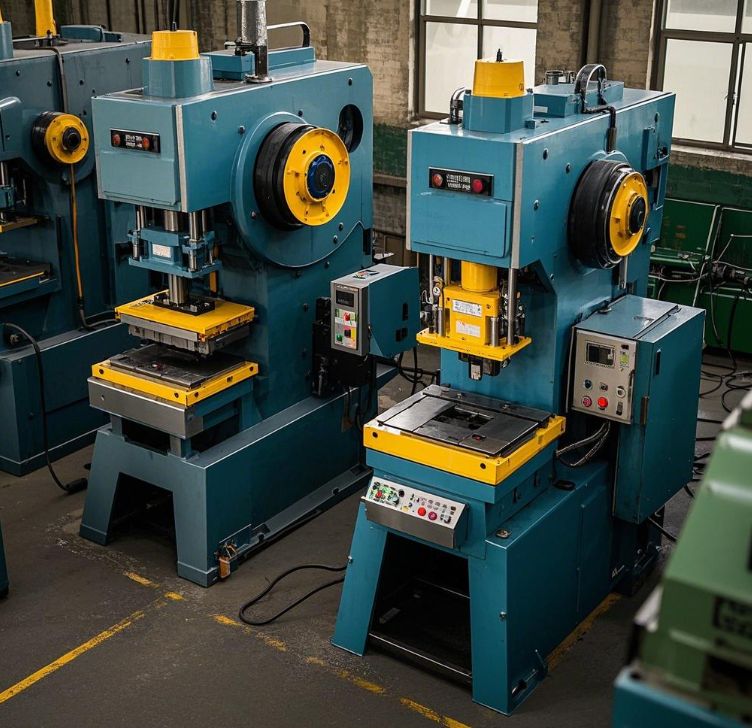As automotive manufacturing continues to evolve, the demand for precision and high-quality stamped parts is increasing. Servo presses have become essential in the automotive industry due to their efficiency and precision. This article will explore how servo presses are used in automotive production.

2. Automotive Industry’s Stamping Needs
Automotive parts require precise stamping, especially when it comes to complex shapes and high-strength materials. Servo presses provide the necessary precision and speed to meet these demanding requirements.
3. Applications of Servo Presses in Automotive Manufacturing
Body Parts Stamping: Servo presses excel at stamping complex automotive body parts with high precision, ensuring accuracy in size and shape.
Engine Parts Production: Servo presses are used for producing high-precision engine components, where accuracy is critical.
Chassis Parts Manufacturing: Servo presses are highly effective for manufacturing chassis parts, especially when dealing with high-strength steel and other tough materials.
4. Pain Points: Traditional Equipment Not Meeting Automotive Precision Demands
Lower Precision: Traditional presses may not meet the stringent precision requirements of automotive parts, leading to defects and inconsistent quality.
Limited Capacity: Traditional presses may not be able to handle the high-volume, high-precision needs of modern automotive production lines.
5. Conclusion
Servo presses are ideal for the automotive industry due to their ability to produce high-precision, complex parts with efficiency. For manufacturers in the automotive sector, adopting servo presses is a step towards improving production quality and competitiveness.




